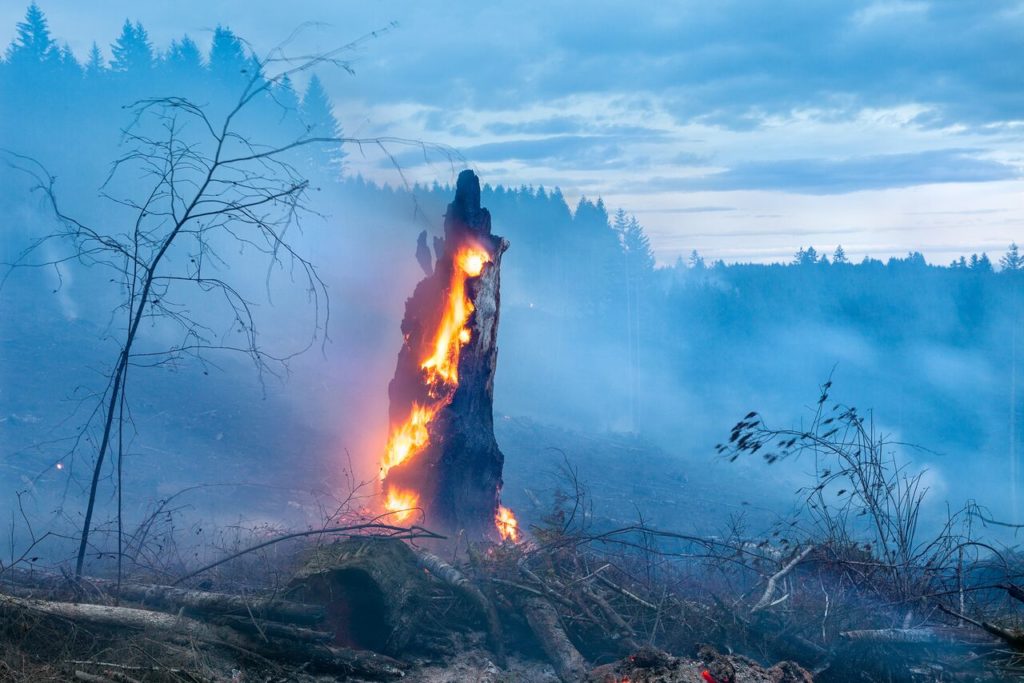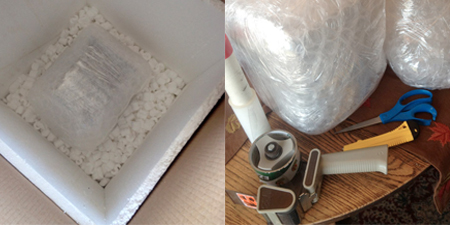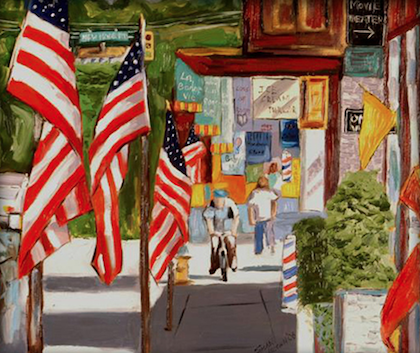15 Steps to Take After Completing Your Artwork
With regard to the importance of reliable systems in your art business, here’s a system framework inspired by a question from Kerry Thompson. Her question is this:
What do you do after you’ve finished an artwork?
Finish the Details on the Artwork Itself
The work shouldn’t be considered complete until you do the following with the physical piece.
- Sign it! Sign your art wherever you can, and however you do it best.
- Add the date on the front, back, or underneath – where and when it’s appropriate for your medium. Many artists don’t like to date their work on the front because it doesn’t look as fresh. That’s fine, but date it somewhere. Dating is a way that helps you claim credit for copyright and will be used by the curator that mounts a retrospective of your work in 30 years.
- If appropriate for your medium, make an identification card for the back that includes the complete credit line: Name, title, media, dimensions, and price. This is enormously helpful for venues.
Document the Artwork
Don’t let the piece out of your hands until you have recorded it in your records. Take these 6 steps:
15 Steps to Take After Completing Your Artwork Read




